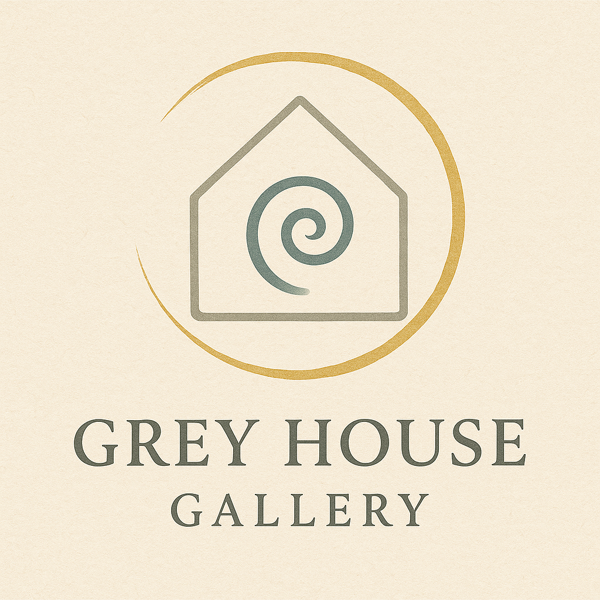The Healing Canvas: The Power of Art and Creativity in Mental Health
In a world that often demands productivity over presence, creativity becomes more than just self-expression; it becomes survival. Art has always been a language of the soul. Long before we had diagnoses or wellness apps, we had cave paintings, storytelling, dance, and song. Human beings are wired to create, not just for beauty or communication, but for healing. As a mental health therapist and artist, I’ve witnessed how creativity open spaces that words can’t always reach.
At Grey House Gallery, we often say that art is a conversation with the self. It allows us to explore emotions we may not fully understand, to process trauma without re-traumatizing, and to access joy, curiosity, and even play. These are all states often diminished by depression, anxiety, or grief. Whether through paint, collage, poetry, or movement, the act of creating reminds us that we are more than what hurts.
Art as Regulation
Creativity is a form of nervous system regulation. Engaging in a creative act shifts the brain out of fight-or-flight and into the more balanced zones of flow and mindfulness. It lowers cortisol, calms the amygdala, and activates the prefrontal cortex, all essentials for insight, empathy, and decision-making. Creative expression helps us feel safer in our own skin. Even simple activities like doodling or photographing nature can provide a grounding anchor for people navigating anxiety, ADHD, trauma, or burnout. The process, not the product, is where the magic happens.
The Nonverbal Path to Truth
Some emotions are too profound to be put into words. Trauma, especially, often resides in the nonverbal parts of the brain. Art therapy and creative practices can give shape to the unspeakable, offering a visual language for grief, rage, longing, and hope. I’ve sat with clients as they’ve sculpted their boundaries in clay, painted their inner critics, or stitched together broken parts of their story through collage. In each act, they reclaimed something essential: voice, agency, presence.
Creativity as Resistance and Renewal
In marginalized communities, art has also long served as resistance. It tells the truth when institutions do not. It validates lived experiences. It dares to imagine alternatives to systems that harm. But creativity isn’t only cathartic, it’s generative. It doesn’t just help us cope; it helps us reimagine. This is perhaps the most radical aspect of art in mental health: it not only helps us heal the past, it helps us design a more livable future.
Creating Space to Create
At Grey House Gallery, we’re committed to making creativity accessible, not just to artists, but to everyone who’s ever needed a place to exhale. We host workshops, open studios, and expressive arts events that invite people to reconnect with their own inner voice, no formal training required. Because healing isn’t linear. It’s spiral. It’s layered. And often, it looks more like paint on your hands than insight on a worksheet. If you’re feeling stuck, numb, or unsure of your next step, try picking up a brush, a pen, a camera. You don’t need to make something perfect, you just need to make something. You might be surprised at what meets you on the page.
